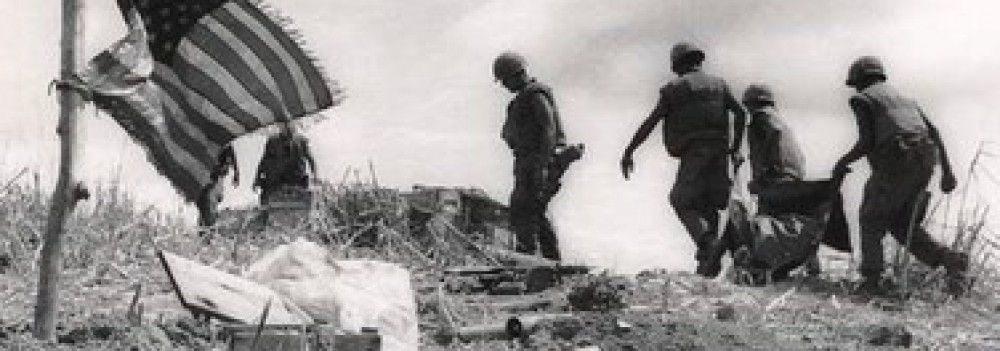Fire Support
During the month of March, Artillery Fire Support was used extensively in support of all phases of tactical operations. On 4 March the Battalion CP was moved to the area of LZ Marilyn. Support response initially, was slow. The first round was fired approximately 22 minutes after the call for fire. As contact between the enemy and the maneuvering elements increased the time from call to shot decreased to eight minutes. The volume of accurate fire provided by both General and Direct Support Batteries was a considerable contribution to the success of the operation. Round expenditure was never less than two thousand seven hundred rounds in a twenty-four-hour period.
On March 10th the Battalion arrived at Fire Support Base Alpine. The biggest problem encountered was communications. The Battalion does not have organic equipment to establish required direct communication. The problem was solved through the use of radio relays which degraded reaction time slightly.
While on Fire Support Base Alpine general support artillery was employed to supplement night defensive fires and the counter mortar plan. This technique assured that even if the supporting battery and the Battalion position were hit simultaneously there would still remain an artillery defensive fire capability.
On March 19th B Battery, 1st Bn 12th Marines, 2nd Provincial Battery, and Army 175’s began a preparation fire on Fire Support Base Argonne. In a ten-hour period, Bravo/1/12, expended two thousand six hundred rounds, 2nd Provincial Battery four hundred twenty-eight and the Army 175’s shot eight hundred rounds. Fire Support Base Argonne was secured on 20 March but enemy 82mm mortar and sniper fire continued.
The 81mm mortars and adjusted artillery were used as a suppressive measure. The 81mm mortars fired against the active enemy mortar position receiving the enemy rounds and because of this, the mortar crews sustained eleven injuries due to shrapnel.
A change in fire procedures, i.e., having all 81mm mortars firing a particular mission adjust rather that a single 81mm, upgraded safety and accuracy by enabling the observer to check and adjust the entire sheaf.
This page last corrected 6 September 2011
